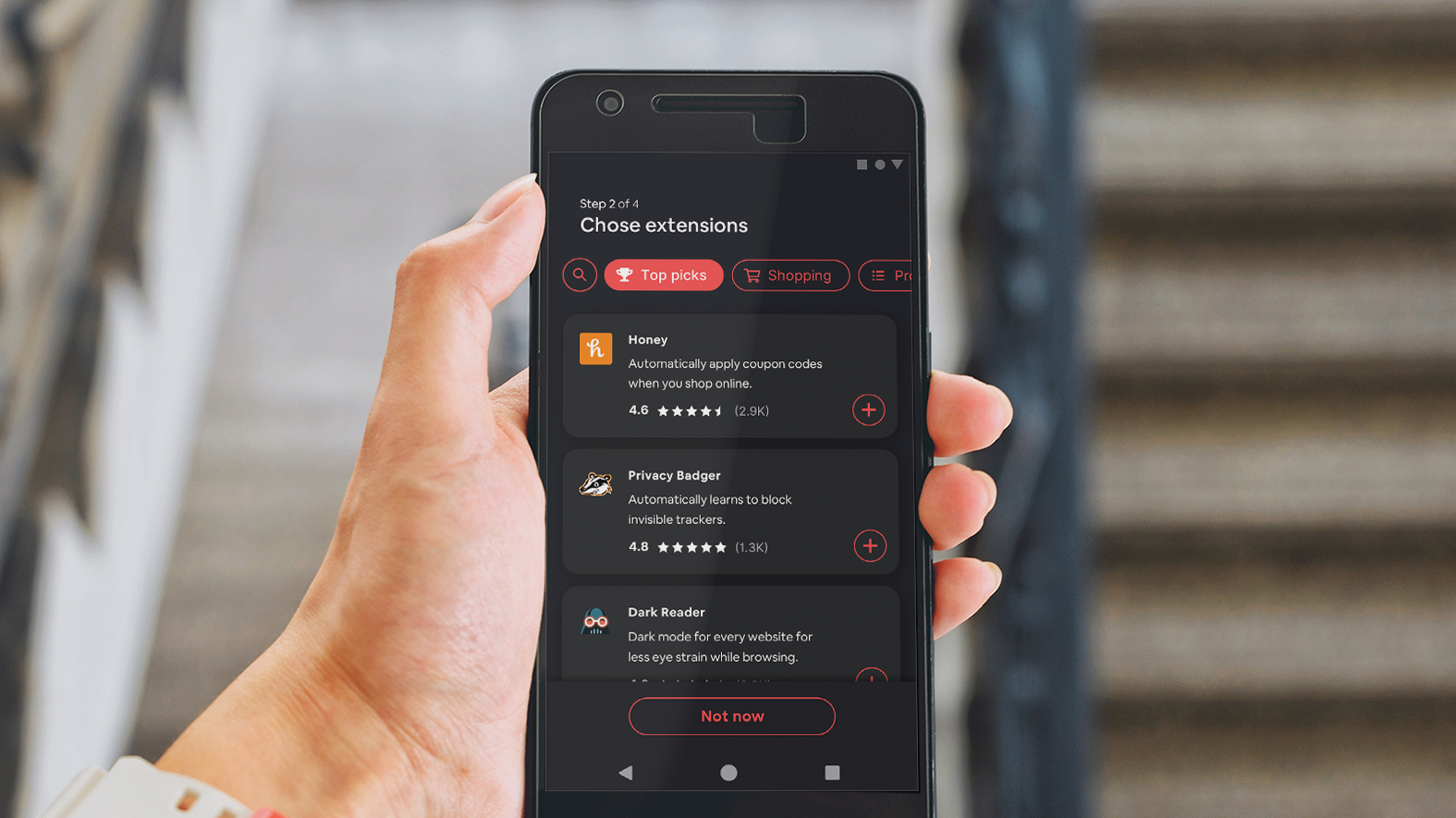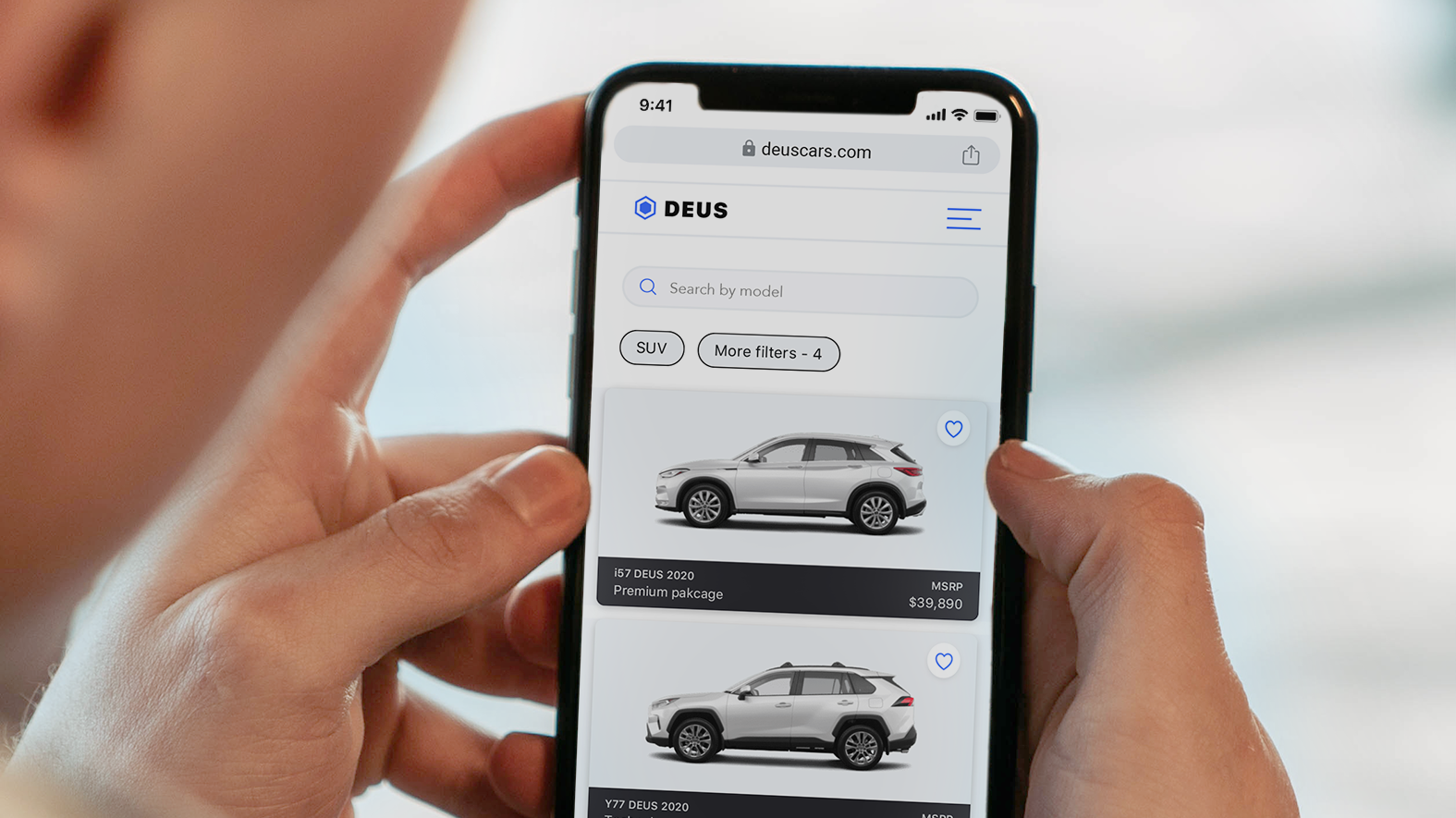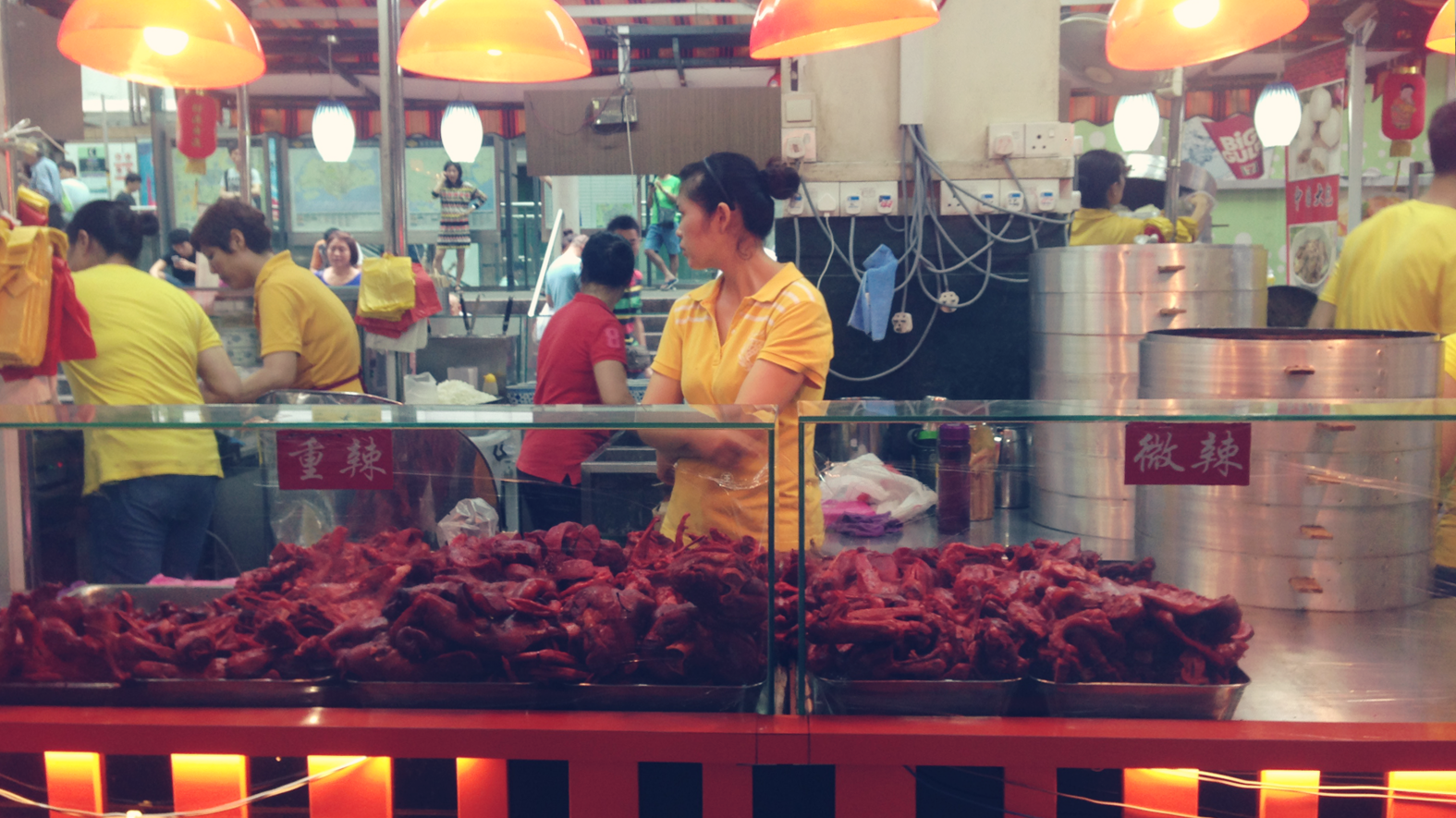Designing Dining for DesignSingapore
How might we design for productivity in the food and beverage sector? The DesignSingapore Council commissioned my team at Fast Forward to research
this brief for Casual Dining Restaurants.
We ran scoping exercises, design ethnography and innovation workshops for over a 6 month peoriod while working with small and medium enterprises (SMEs), including Koi Cafe, Simply Wrapps, Artease, HIC Juices, Padang Padang, and Maki San.
Our scoping workshops were to try to obtain more information about the company structure, their goals, and their main challenges. We defined their company structure with stakeholder maps and hierarchy maps of their organizations. The second part of the workshop was to understand their mission statement, what value they are creating for customers, and what their goals were. We then had them define their target customer or persona, and lastly an activity to identify the main challenges each of the parctipants was facing.

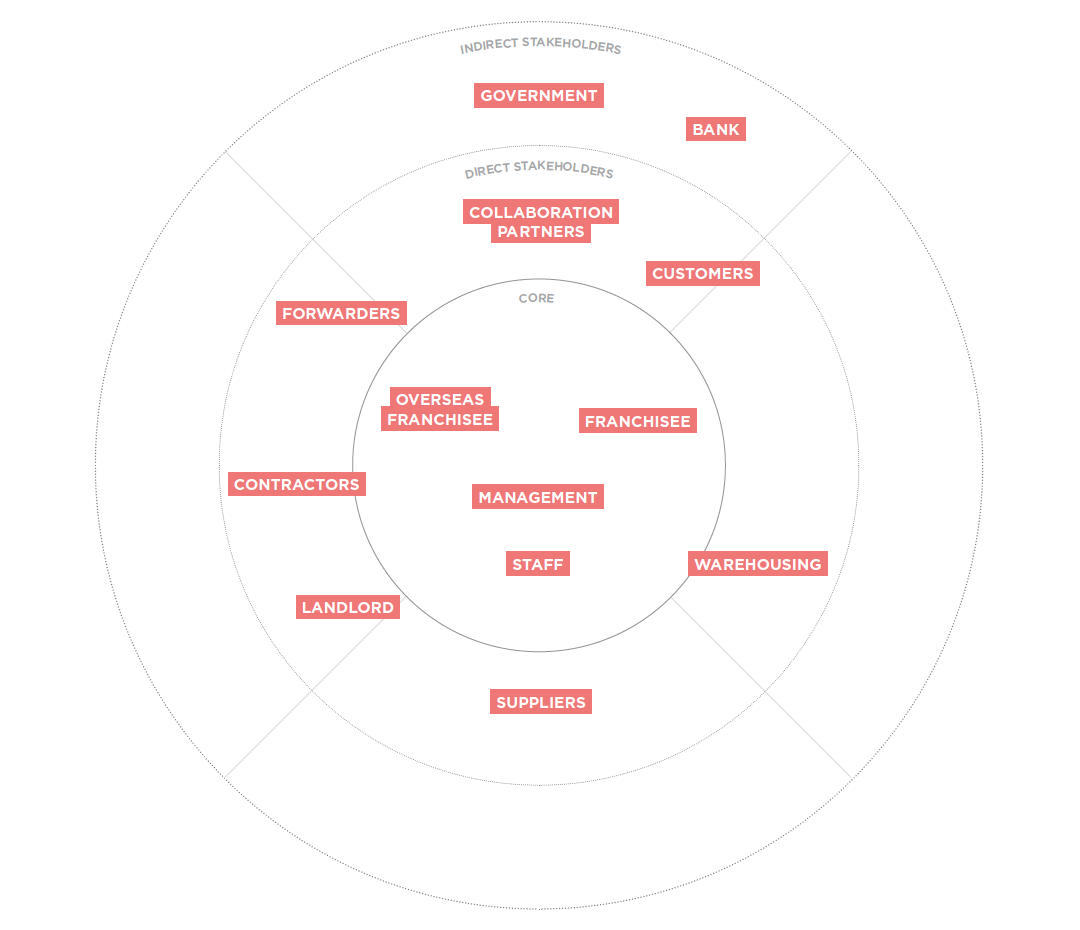



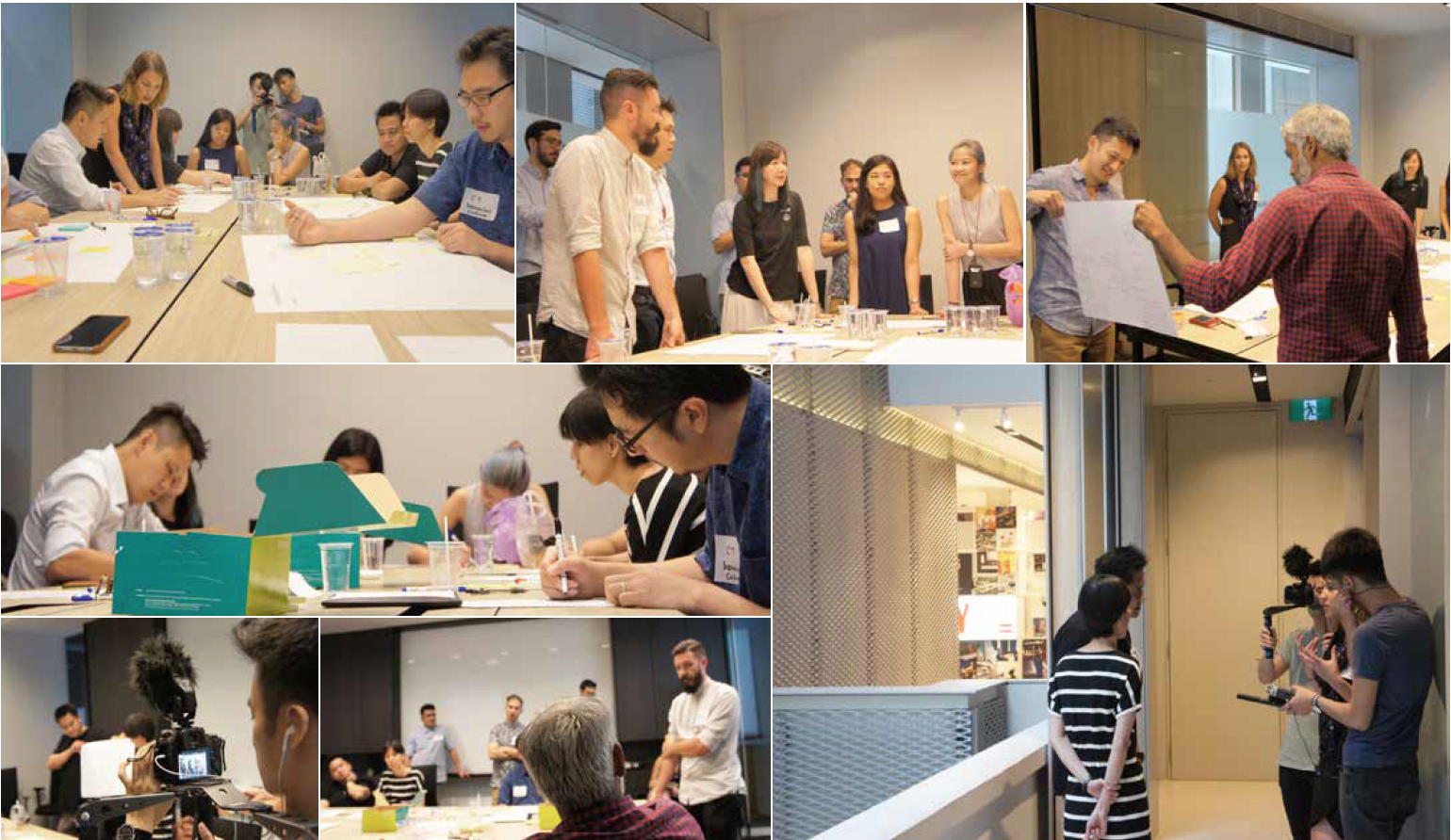
From our initial workshops with the SMEs we were able to define different problems, issues, and challenges. We found that the problems are highly connected in these small businesses. For example, if there was a problem with production in the back of the house the customer experience in the front of the house is greatly affected. Because of this we developed a hierarchy of our five problem statements:
- Delight Customers for Brand Advocacy
- Streamline Cohesive Service Experiences
- Simplify Process to Increase Productivity
- Create a Culture for Talent Retention
- Lead Business Innovation and Growth
To look deeper into their problems we had each of the SMEs train us at their job for a day. This gave us a chance to further understand their problems and identify the best people for our interviews and observations. We developed process maps of their process and recruited their employees to gain insights into the main problem statements.
Design Ethnography
To gather more insights around the problem statements we recruited 10 people to interview and observe for at least 5 hours. We interviewed at least one employee in each business to learn more about the issues that were affecting their restaurants as well as their opinions on the Singapore food landscape as a whole. In order to understand consumer viewpoints around food in Singapore we interviewed and observed them to gain more understanding to their feelings and experiences.


Our interviews took place over a 3 week period. We usually had 3 design researchers together with the participants, but at times I did the research solo. The interviews lasted five hours and were recorded in order to synthesize later. We used research questions that were thought out beforehand to direct the interview around the problem statements.
After our 50+ hours of videos were transcripted we synthesized to find commonalities between what consumers, employees, and our SMEs said to obtain insights. These insights were then used as beacons to help us focus when collaborating with each of the participants SMEs to create actionable concepts. The key quotes and learnings were clustered to avoid insights that were too connected and to classify them in a more cohesive way. We also put insights on an axis to imagine how they would affect processes and services as potential concepts were developed. Some insights could be benefitial to one of those aspects, but at the same time negative to the other.

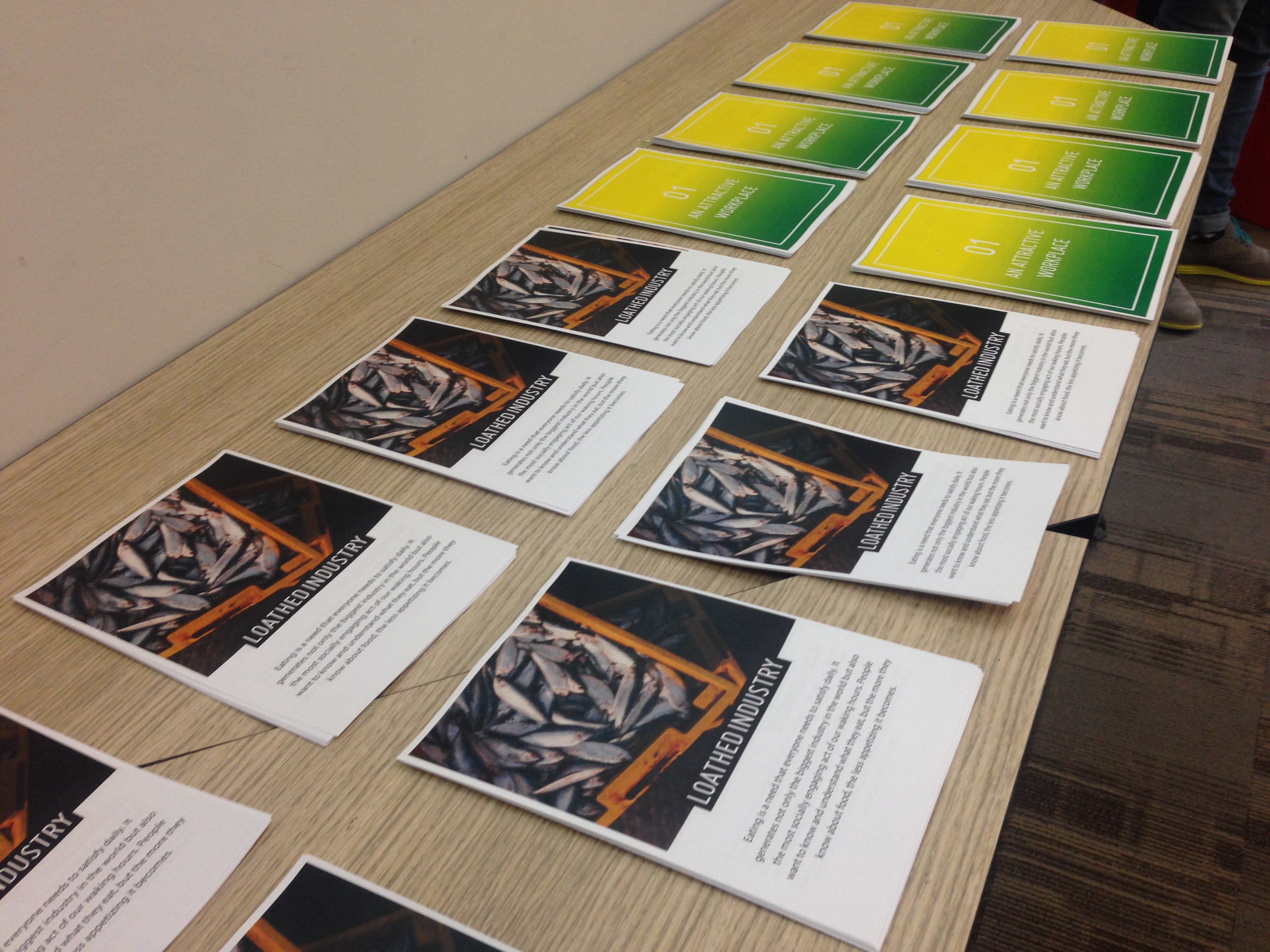


Co-creation Workshop
We had a final 2-day workshop, where we showed our SMEs video clips of our ethnographic research and discussed the problem statements. Participants were able to understand commonalities between all of their businesses through a new outlook through our presented problems and vidoes. We did a few empathy exercises to try and get the participants in a human-centered mindset.

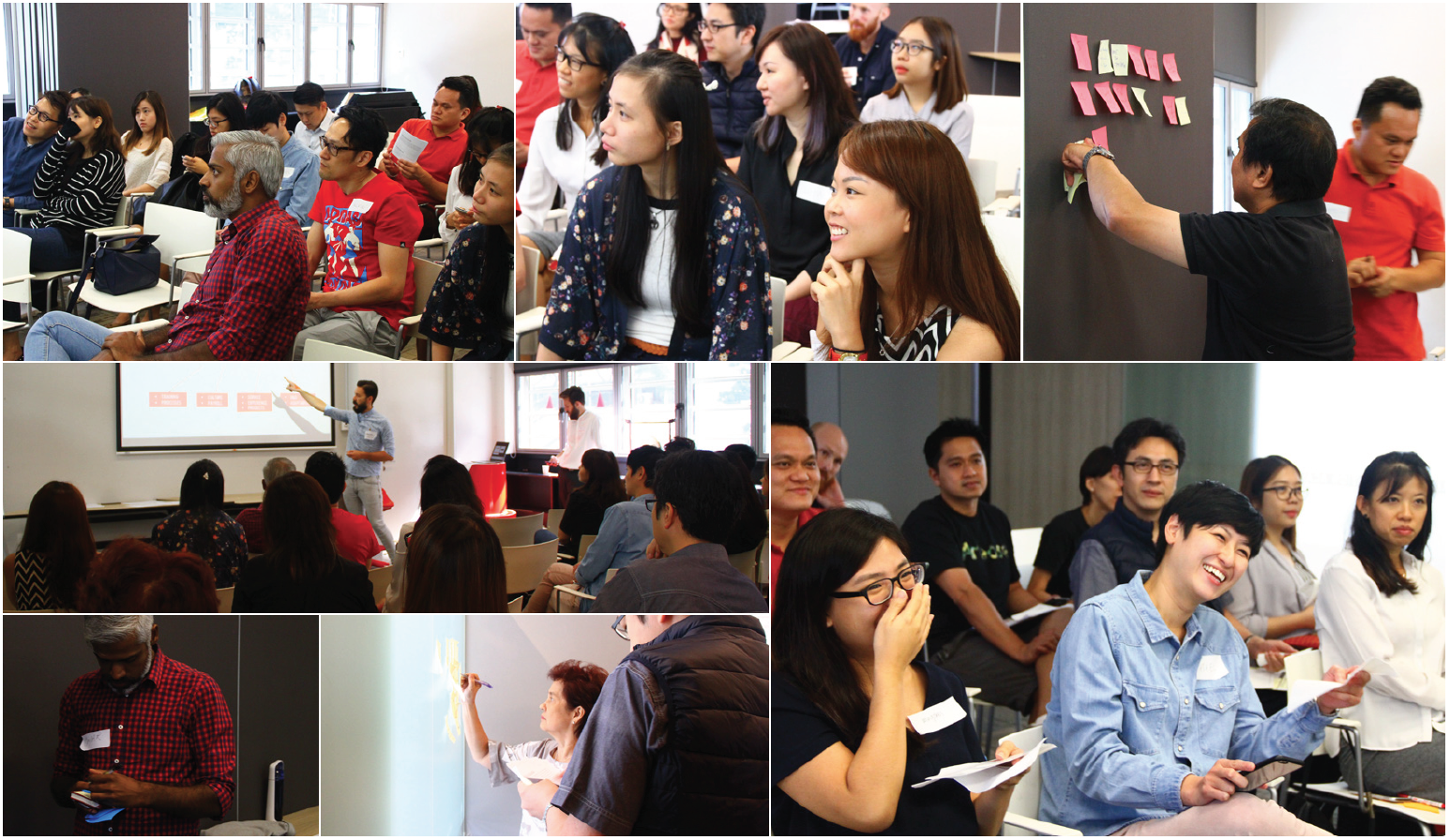
With their learnings from the day previously, participants in the workshop were then given a chance to ideate. We gave them a Trend Toolkit, which consisted of global trends in F&B we found in research during a trend study. We also gave each group the insights laid out so they could use those to ideate with. One facilitator was used to help each SME group utilize the tools given to them and help come up with solutions for their own problems. Each team came up with many ideas, but were then given Idea Templates to elaborate more clearly on ideas that would work best for their company.


After the concepts were created we selected ideas pertaining to each problem statement. We created concepts around these ideas and presented them to the DesignSingapore Council and the SMEs.
You can see the final concepts that have been presented here
